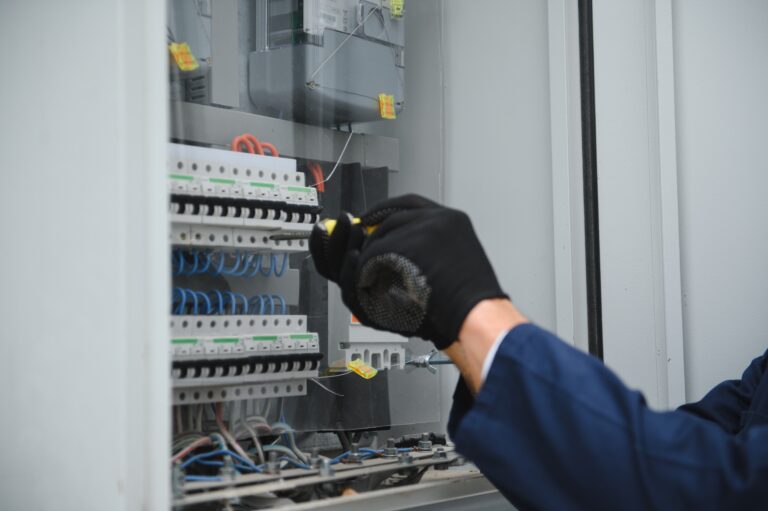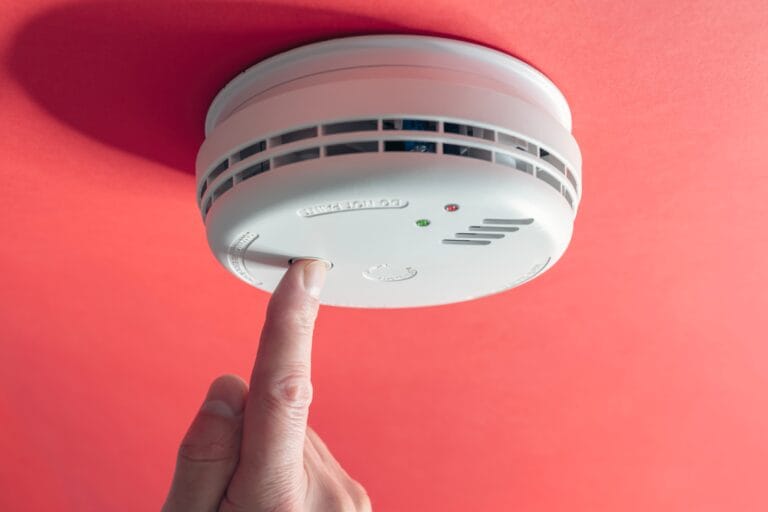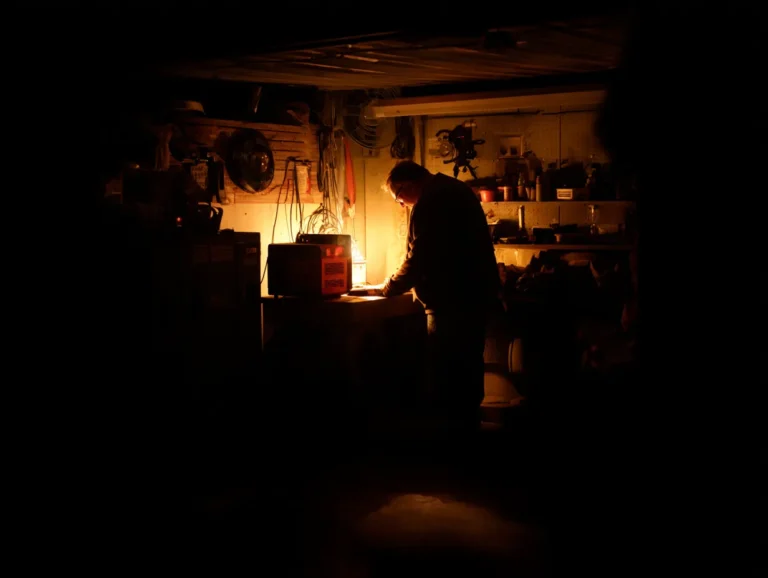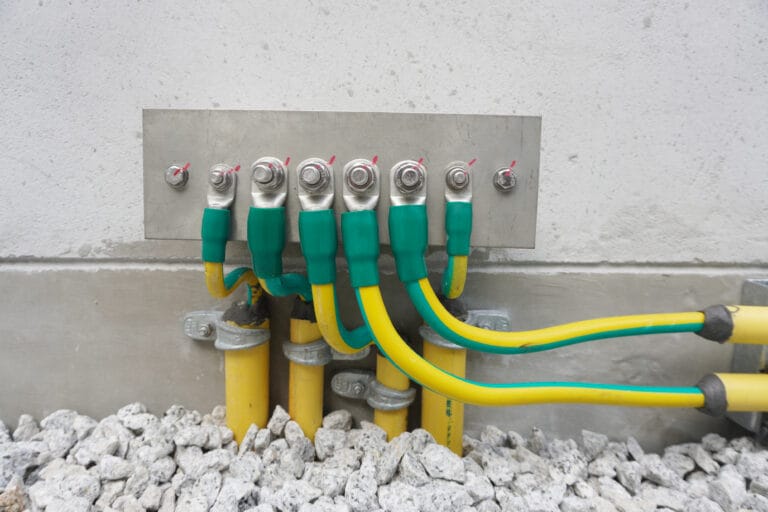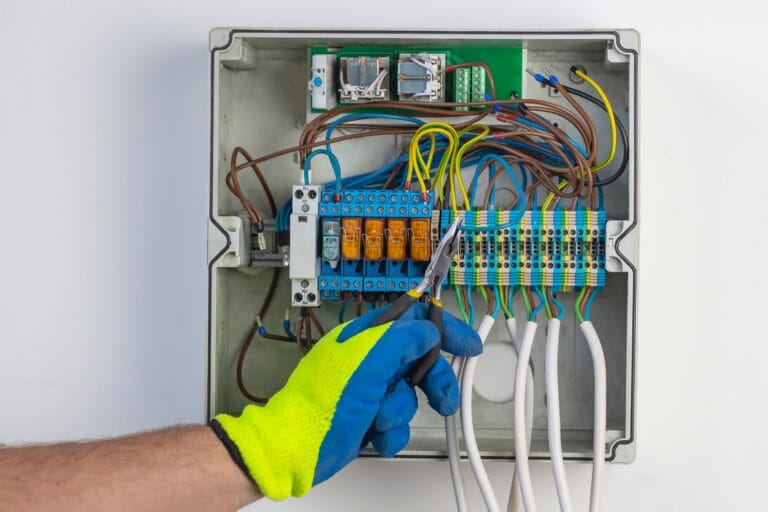How Strategic Retail Lighting Boosts Sales
Lighting plays a vital role in creating the ultimate shopping experience within retail stores. The best lighting for retail stores enhances product displays, elevates customer experience, and directly influences sales enhancement. Illumination isn’t just about visibility; it’s a strategic tool that guides customer behavior, emphasizes product features, and defines the store’s ambiance.
Strategic lighting in retail environments can significantly boost sales by creating an inviting atmosphere that encourages spending. Thoughtful lighting design draws attention to key products, highlights textures and colors accurately, and creates an emotional connection with the shopper. This connection can lead to increased time spent in-store and higher purchase rates.
Retail lighting includes several types:
- Ambient Lighting: Sets the overall brightness and mood of the store.
- Accent Lighting: Highlights specific products or displays to create focal points.
- Task Lighting: Provides illumination in functional areas like checkout counters or fitting rooms.
- Decorative Lighting: Enhances the visual appeal and atmosphere of the space.
Understanding these components allows retailers to customize their lighting strategy, ensuring each element works together to convert foot traffic into loyal customers.
To achieve the best results, it’s important to consult with professionals who specialize in commercial electrical services. They can offer insights into the most suitable lighting solutions for your retail space. If you’re thinking about revamping your lighting or need expert guidance on your current setup, feel free to reach out to us for help.
Types of Retail Lighting
Effective use of commercial lighting in retail spaces is an art that combines functionality with aesthetics. Each type of lighting plays a crucial role in shaping a customer’s shopping experience and influencing buying decisions. Here’s how different lighting types contribute to a store’s success.
1. Ambient Lighting
Ambient lighting is the foundation of any retail space, providing overall illumination that ensures customers can navigate the store safely and comfortably. It sets the general tone and mood, often achieved through ceiling fixtures or indirect lighting. Recommended foot-candle levels for ambient lighting typically range from 20-50, depending on whether the area is for general browsing or special displays. This basic layer of light helps create a welcoming environment while allowing other lighting types to shine.
2. Accent Lighting
Accent lighting is where the magic happens, highlighting specific products or areas within the store to draw customer attention. This type of commercial lighting adds depth and visual interest, encouraging shoppers to explore featured items. By strategically placing accent lights, you can increase customer engagement and boost sales on promotional or high-margin products. A skilled lighting electrician can help design accent lighting systems tailored to your store’s unique needs.
3. Task Lighting
In areas requiring focused light, such as changing rooms and checkout counters, task lighting proves essential. It enhances functionality by providing adequate illumination for specific tasks, ensuring customers feel comfortable trying on clothes or completing purchases. Task lighting contributes significantly to operational efficiency and customer satisfaction, making it a critical component in retail environments.
4. Decorative Lighting
Beyond functionality, decorative lighting elevates a store’s aesthetic appeal. These fixtures contribute to the overall ambiance, adding character and style that reinforces brand identity. Whether it’s a statement chandelier or artistic pendant lights, decorative elements serve as eye-catching features that enhance the shopping experience while complementing other types of commercial lighting.
5. Emergency Lighting
An often overlooked aspect of retail lighting is emergency lighting. This type of commercial lighting is essential for ensuring safety during unforeseen circumstances such as power outages or emergencies. Properly installed emergency lights guide customers safely out of the store while maintaining minimal disruption to the overall shopping experience.
Understanding these five key types of retail lighting enables retailers to craft an inviting atmosphere that not only attracts but retains customers. A well-lit store is a powerful tool for driving sales and enhancing brand perception
Best Practices for Effective Retail Lighting
Creating a Balanced Environment
Combining ambient and accent lighting is crucial in crafting an engaging retail atmosphere. Ambient lighting establishes the general illumination, ensuring customers can navigate comfortably. Accent lighting, on the other hand, serves to highlight specific products or areas, drawing customer attention and creating focal points. Together, these lighting types work harmoniously to produce a well-rounded shopping experience.
Optimal Color Temperature
Selecting the right color temperature enhances the visual appeal of your merchandise. A recommended range of 2700K to 4000K creates a warm and inviting environment suitable for most retail settings. However, specific displays may benefit from higher temperatures up to 5000K, particularly those showcasing products that need a crisp and vibrant look.
Maintaining High CRI for Color Accuracy
The Color Rendering Index (CRI) is a measure of how faithfully a light source reveals the true colors of objects compared to natural light. Maintaining a high CRI of 90+ ensures accurate product color representation, which is critical for customer satisfaction and reducing return rates.
Glare Reduction Techniques
To enhance customer comfort, minimizing glare is essential. Techniques such as using diffusers or recessed fixtures can effectively reduce direct light exposure. Additionally, adjusting the angle and position of light sources prevents harsh reflections on shiny surfaces, allowing customers to view products without discomfort.
These best practices in retail lighting not only improve the aesthetic quality of your store but also play a pivotal role in influencing purchasing behavior by creating an inviting shopping environment that encourages customers to linger and engage with your products.
Strategic Lighting Planning
A well-executed lighting plan is a cornerstone for enhancing both the aesthetic and functional aspects of retail spaces. Tailoring this plan to the unique store layout—taking into account size, shape, and specific product types—ensures that each section of the store is optimally illuminated. For example, narrow aisles might benefit from focused lighting to guide customers, while wide-open areas could use dispersed lighting to create a welcoming environment.
Consideration of Textures
Texture plays a significant role in how light interacts with surfaces, influencing both reflection and ambiance. Glossy surfaces reflect more light and can add vibrancy, whereas matte finishes absorb light, creating a softer glow. Understanding these dynamics allows store owners to strategically place lights that highlight product features without overwhelming customers with glare.
Benefits of Smart LED Systems
Incorporating smart LED systems into your lighting strategy offers unmatched flexibility and efficiency. These systems allow for adjustable brightness levels and color temperatures, adapting to different times of day or promotional events. This adaptability not only enhances the shopping experience but also contributes to energy savings, reducing operational costs significantly.
Smart LEDs are particularly beneficial for creating dynamic displays that capture customer attention. Their ability to adjust to the best lighting conditions accommodates various products—from vibrant clothing colors to delicate jewelry pieces—ensuring optimal visibility without compromising on energy efficiency.
By focusing on these elements, retailers can craft an environment that both attracts and retains customers, driving sales while maintaining operational efficiency.
The Impact of Retail Lighting on Sales
Effective lighting strategies can significantly enhance a retail store’s sales performance. Research indicates that strategic lighting can lead to a sales increase of up to 40%. This substantial boost underscores the importance of investing in a tailored lighting plan that aligns with the store’s unique needs and customer preferences.
The Benefits of LED Lighting
Converting to LED lighting presents another opportunity for increased profitability. Statistical data reveals that this switch can result in a 19% boost in sales. LED lights are not only energy-efficient but also provide superior illumination that enhances product presentation, drawing customers’ attention effectively.
Cost-Effectiveness of Quality Retail Lighting
Investing in quality retail lighting offers cost-effectiveness and long-term advantages. High-quality lighting fixtures and systems may require an initial investment, yet they yield impressive returns over time through reduced energy consumption and maintenance costs. Enhanced product visibility and improved customer experience drive sales growth, validating the upfront expense.
Strategic Lighting as a Business Strategy
Retailers seeking to maximize their competitive edge should prioritize strategic lighting as a key component of their business strategy. By doing so, they not only optimize their store environment but also foster an inviting atmosphere conducive to enhanced customer engagement and increased sales.
Conclusion
Retail lighting isn’t just about illuminating a space—it’s about creating an enhanced shopping experience that captivates customers and drives sales growth. Strategic implementation of the best lighting for retail stores ensures that products are displayed to their utmost potential, fostering an inviting atmosphere that encourages purchases.
For those seeking to elevate their store’s appearance and boost sales, consider evaluating your current lighting setup and exploring new technologies, such as smart LED systems. Upgrade your lighting strategy today to achieve greater retail success and showcase your products in the best light possible.


